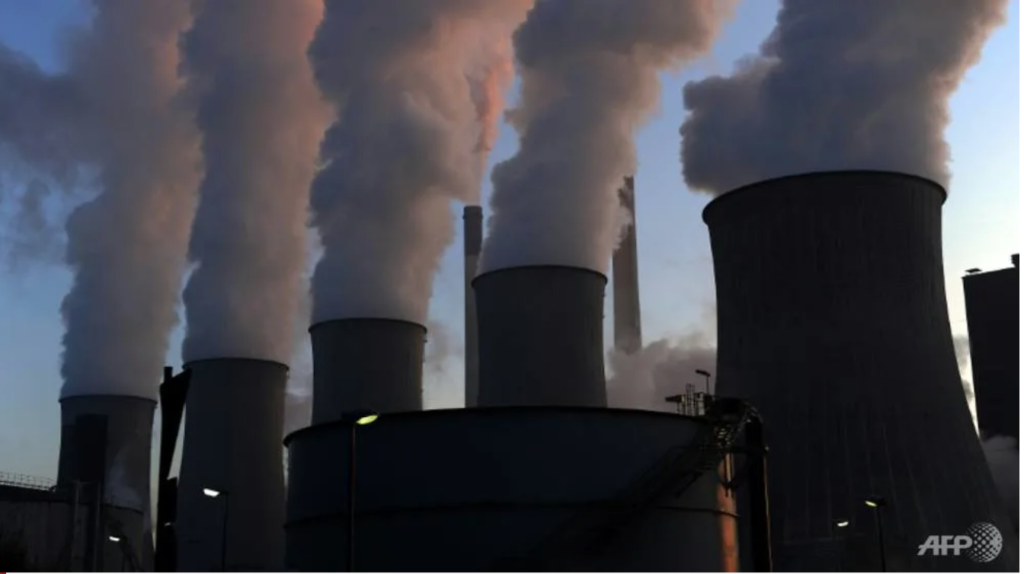A monumental shift towards renewables is already underway, says Andrew Higham.
Financial giants from Europe, China, Japan, the United States, Australia, and elsewhere can see the looming risks and rewards, and they are not waiting on policymakers to signal what needs to be done.
By setting immediate bans on new fossil-fuel investments, labelling clean and dirty energy producers, and dumping unappealing stocks, the financial industry is redirecting huge flows of money from fossil fuels to low-carbon technology.
INVESTMENTS IS MOVING TOWARDS RENEWABLES
Such decisions can ripple across economies. Consider, for example, the split between state and private energy finance in India.
According to the Delhi-based Centre for Financial Accountability, primary finance for coal-fired power plants dropped by 93 per cent between 2017 and 2018, while finance for renewables rose by 10 per cent.
Among the loans for coal projects in 2018, most came from government-controlled financial institutions, whereas three-quarters of renewables financing came from private commercial banks.
Similarly, banks and traders in Japan are abandoning coal projects in favour of renewables, even though the government has resisted setting a phase-out date for coal-powered energy.

Three Japanese coal-plant projects have been cancelled or delayed this year. And at the global level, the International Energy Agency (IEA) reports that investments in coal-power plants hit a century low in 2018, while more coal generators were retired.
SHIFTING AWAY FROM FOSSIL FUELS
This trend will become more pronounced as the number of financial firms shifting from fossil fuels continues to grow. Consider the headlines since March.
Norway’s sovereign wealth fund has won parliamentary approval to divest US$13 billion from fossil-fuel stocks, as part of the largest fossil-fuel selloff to date.
Japan’s Mitsubishi UFJ Financial Group, one of the world’s largest banks in terms of assets, ceased financing new coal-fired power projects.
And Chubb became the first major US insurer to announce a ban on coal coverage, while Suncorp became the last Australian insurer to end coverage for new coal-mining and coal-power projects.
Moreover, the London Stock Exchange has recategorised oil and gas stocks as “non-renewable energy” and classified green-energy stocks as “renewable” instead of “alternative.”
The Oversea-Chinese Banking Corporation said it would end financing for coal-power plants (once it finishes two final projects in Vietnam),
Meanwhile China’s State Development & Investment Corporation has announced plans to stop investing in new coal-fired plants and focus on new energy sources.
More broadly, the Investor Agenda for a low-carbon world has attracted 477 signatories, representing around US$34 trillion in assets under management.
These investors are calling on governments not just to limit rising temperatures, but also to meet the Paris climate agreement’s more difficult goal of limiting global warming to 1.5 degree Celsius above pre-industrial levels.
A FINANCIAL HIT FOR THE REST
Meanwhile, the Institute for Energy Economics and Financial Analysis has found that those who ignored climate-change warnings have already taken a financial hit. BlackRock, the world’s largest fund manager, lost around US$90 billion over the last decade, three-quarters of which was due to its holdings in ExxonMobil, Chevron, Shell, and BP.
And investors in General Electric, including BlackRock, lost a whopping US$193 billion in the three years leading up to 2018, because the company misjudged the pace of the shift to green energy and the collapse in demand for gas turbines and thermal power stations.
THE LOOMING TSUNAMI
Although the shift away from fossil fuels is already monumental, a potential tsunami awaits. Those divesting from fossil fuels are the early adopters who have sensed a change in wind direction and readjusted their sails. But far more needs to be done.

Because those firms’ competitors have yet to take any steps toward divestment, trillions of dollars in carbon assets remain on investors’ balance sheets.
Moreover, according to the IEA, while coal investments have fallen, capital spending on oil, gas, and coal nonetheless bounced back in 2018, and investment in energy efficiency and renewables stalled.
Worse, the consultancy Wood Mackenzie finds that the renewables boom has translated into only 2 per cent of global energy demand. As matters stand, coal, oil, and gas could still supply 85 per cent of primary energy by 2040, down only slightly from 90 per cent today.
MORE TO BE DONE
To complete the transition away from fossil fuels will require drilling down to the core of the global economy. It does not help that financial institutions in China funneled at least US$1 billion in “green” financing to coal-related projects in the first half of this year.
Companies cannot keep producing oil, gas, and internal combustion engines while gradually shifting to cleaner technologies; they need to make a clean break.
Moreover, financiers need to look beyond coal and withdraw support for all fossil fuels. Equally important, governments must set an ambitious trajectory for their economies that impels adherence to the 1.5 degrees Celsius limit on warming.
Our current path will lead to warming of 3 degrees Celsius or more, which would have catastrophic consequences.
AN OPPORTUNITY IN SEPTEMBER
The United Nations Climate Action Summit on Sep 23 offers the opportunity for financial institutions and governments to do what is necessary.
Secretary-General has called for gold-standard leadership, in the form of government and private-sector commitments to slash emissions to net zero, with interim targets every five years.
Guterres’s call to action is echoed by all who have been demonstrating and striking for the same goal. Investors need to rise to the occasion, by structuring portfolios in such a way as to achieve net-zero emissions by 2050.
That means pushing the companies in their portfolios to change, too, or risk being cut off and left behind. But setting long-term aspirations won’t be enough.
Actionable steps for the coming months and years must accompany the commitments made today, to ensure that progress remains on track, and climate commitments by countries, businesses, cities, and others are recorded.
The bigger the divestment movement grows, the harder it will be to hide in the shadows, clinging to the past.
Andrew Higham is Chief Executive of Mission 2020 and a visiting fellow of practice at the University of Oxford’s Blavatnik School of Government.
Source: Project Syndicate/sl
This article appeared in Channel News Asia, and can be accessed here.

